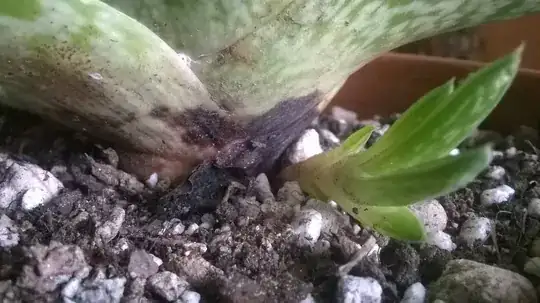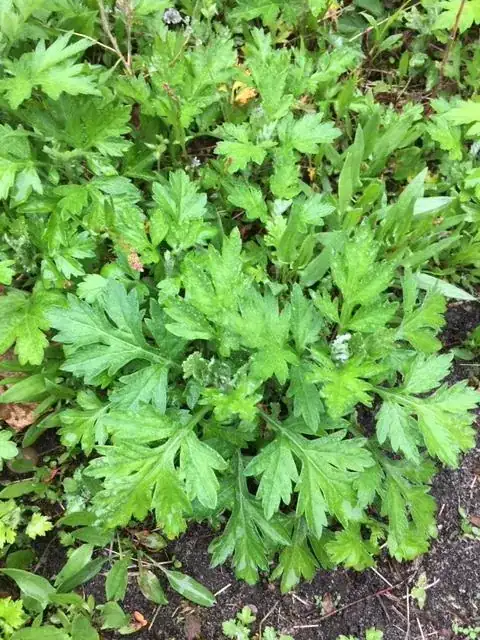Someone told me it is mugwort, but it doesn't have a rhizome and it doesn't bloom. It also doesn't have long stems; it's pretty low to the ground. It choked out an entire perennial bed last summer. We had that bed dug out to 4 inches, and the soil and plants replaced, but bits and pieces are coming back there now, and it subsequently took over another perennial bed on the other side of the house
It appears that even a tiny piece of the root left in the soil is enough. Because it was in a perennial bed, I didn't want to spray Round-Up but I did paint it on fairly heavily, to no avail. Can you identify this pestilence? Any suggestions? I am ready to have the back bed dug up out 6 inches, but I can't afford to keep doing this!

